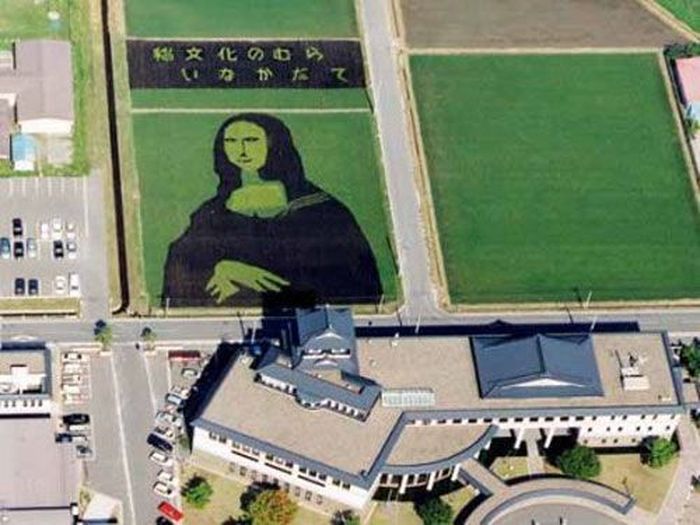|
|
Japanese Rice Pictures
|
Economy
From 1868, the Meiji period launched economic expansion. Meiji rulers embraced the concept of a market economy and adopted British and North American forms of free enterprise capitalism. Japanese studied overseas and Western scholars were hired to teach in Japan. Many of today's enterprises were founded at the time, and Japan emerged as the most developed nation in Asia.
The period of overall real economic growth from the 1960s to the 1980s has been called a "Japanese miracle": it averaged 7.5 percent in the 1960s and 1970s, and 3.2 percent in the 1980s and early 1990s. Growth slowed markedly in the 1990s during what the Japanese call the Lost Decade, largely because of the after-effects of the Japanese asset price bubble and domestic policies intended to wring speculative excesses from the stock and real estate markets. Government efforts to revive economic growth met with little success and were further hampered by the global slowdown in 2000. The economy showed strong signs of recovery after 2005. GDP growth for that year was 2.8 percent, with an annualized fourth quarter expansion of 5.5 percent, surpassing the growth rates of the US and European Union during the same period.
As of 2010, Japan is the third largest national economy in the world, after the United States and China, in terms of both nominal GDP (around US$5 trillion) and purchasing power parity. As of January 2011, Japan's public debt was more than 200 percent of its annual gross domestic product, the largest such ratio among industrialized nations. The service sector accounts for three quarters of the gross domestic product. Banking, insurance, real estate, retail, transportation, telecommunications and construction are all major industries. Japan has a large industrial capacity, and is home to some of the largest and most technologically advanced producers of motor vehicles, electronics, machine tools, steel and nonferrous metals, ships, chemical substances, textiles, and processed foods. Agricultural businesses in Japan often utilize a system of terrace farming, and crop yields are high; 13 percent of Japan's land is cultivated. Japan accounts for nearly 15 percent of the global fish catch, second only to China. Japan's agricultural sector is protected at high cost.
|
|









